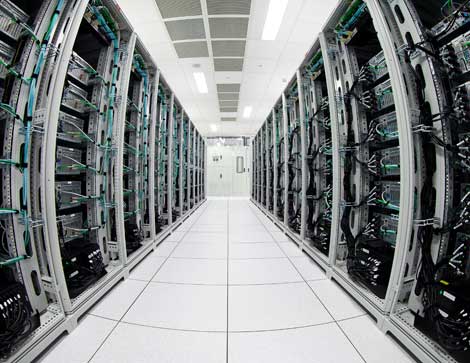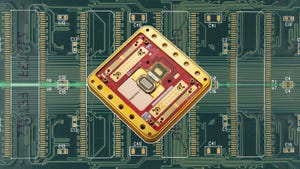Delivering Enhanced Visibility, Better SLA and Disaster AvoidanceDelivering Enhanced Visibility, Better SLA and Disaster Avoidance
Create enhanced visibility, better SLA, and great disaster avoidance with powerful monitoring solutions!

Your business is growing, you have more technology demands, and the industry is pushing you to make even more infrastructure decisions. These trends aren’t slowing down either. Cloud computing and complex applications are creating very large demands against the modern data center. In this case study from RF Code, we look at an organization that sought a solution for a growing resource challenge.
Digital Fortress customers are demanding more power than ever before. While typical per-cabinet power usage projections used to fall in the 1.7 - 2kW range, these days 5kW per cabinet is the norm. In fact, some of Digital Fortress’s higher density customers require 9 - 15kW per cabinet, with a few using as much as 25kW. With power densities like these, accurate capacity planning, reliable cooling and continuous environmental monitoring are critical.
“Between cloud infrastructures and Bitcoin mining, density is playing a bigger part than ever before in our customers’ needs,” said Scott Gamble, IT manager at Digital Fortress. “Average power density per cabinet continues to rise and with it the criticality of delivering adequate cooling. It’s a lot of power and a lot of heat.”
In addition to enhanced monitoring, Digital Fortress also needed improved, automated threat notification systems. Increased density has reduced the amount of time available to act on cooling failures. Reaction times have shrunk from hours to minutes, making early detection and immediate notification crucial.
Through the selection process – Digital Fortress examined their options with the following categories:
Ease of deployment
Performance and versatility
Ease of integration
Scalability
What were the results of the evaluation? Six days after deployment RF Code helped Digital Fortress identify a failing CRAC unit before it burned out. After 10 days Digital Fortress was able to drop SLA temperatures on the data center floor by more than 11 degrees. Over the course of four months Digital Fortress has addressed dozens of issues and are preparing for a hot summer, better situated than ever before. Download this case study today to learn how this organization is able to gain better, proactive insight into their data center infrastructure. Furthermore, find out how to make your own environment a lot more real-time and resilient.
About the Author
You May Also Like









